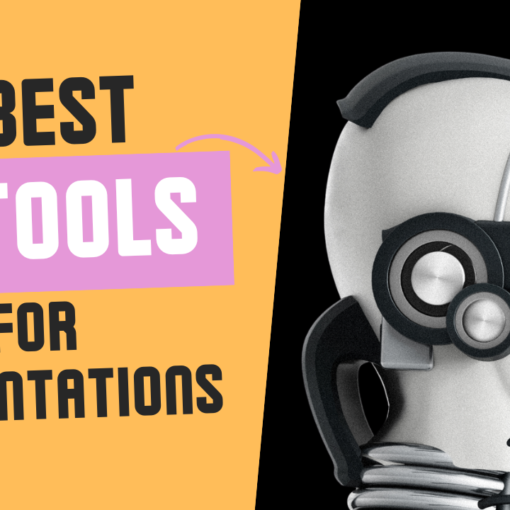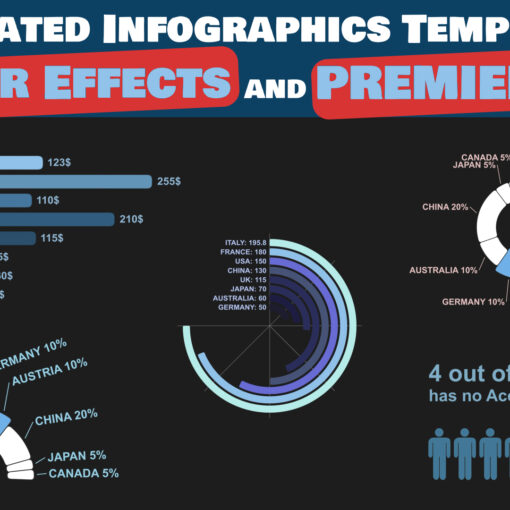Introduction to Data-Driven Decision Making
In the modern age, businesses have access to vast amounts of data that can be used to inform their decisions. This data can be used to make decisions that are more informed, timely, and accurate. This process of data-driven decision making is revolutionizing the way businesses operate and is becoming increasingly important for companies to stay competitive.
Data-driven decision making (D3M) is a process in which decisions are made based on data rather than intuition. D3M is the process of analyzing data, interpreting the results, and then applying the insights to make decisions. This process can help companies make better decisions, save time and money, and reduce the risk of making poor decisions.
In this article, I’ll be discussing what data-driven decision making is, the benefits of using it, and real-world examples of how companies have leveraged data-driven decision making to improve their operations. I’ll also discuss the necessary steps to implement a data-driven decision-making process in your organization and the courses available to learn more about it. Lastly, I’ll discuss some common mistakes that companies make when using data-driven decision making.

What is Data-Driven Decision Making?
Data-driven decision making is a process of using data to inform and guide decisions. It involves the collection of data, analysis of the data, and interpretation of the results. The data is then used to inform decisions and evaluate the effectiveness of those decisions.
D3M is used to improve decision making by providing more accurate and timely information. It can also be used to identify trends, predict outcomes, and make more informed decisions. Companies can use D3M to identify opportunities, assess risks, and optimize their operations.
In essence, D3M is the process of using data to make better decisions. It involves collecting data, analyzing it, and interpreting the results to make decisions.
Benefits of Data-Driven Decision Making
Data-driven decision making has many benefits for businesses. The use of data to inform decisions can lead to improved accuracy, timeliness, and cost savings. Companies can use data-driven decision making to identify new business opportunities or modify their structure or their approach to current projects.
Data-driven decision making also improves transparency and accountability. It can help companies to provide more accurate and timely information to stakeholders, leading to better decision making processes and reduced risk.
Lastly, data-driven decision making can help to reduce bias by providing objective data to inform decisions. Using facts to drive business strategy can lead to better decisions and greater trust in decision makers.
Real-World Examples of Data-Driven Decision Making
There are many real-world examples of companies leveraging data-driven decision making to improve their operations. One example is Netflix, which has been a data-driven company since the beginning and uses data to inform its content decisions. Netflix collects data from its users to find out what kind of content they watch and how often. This data is then used to inform their content decisions and ensure that they are providing the best possible content to their users.
Another example is Amazon, which uses data to inform its pricing decisions. Amazon collects data on the prices of its competitors, as well as customer purchasing patterns and other market trends. It then uses this data to inform its pricing decisions and ensure that it is offering competitive prices.
Airbnb is another example of a company that uses data-driven decision making. Airbnb collects data on its users’ preferences and behaviors to inform its product and services decisions. This data is used to optimize its services and ensure that users are getting the best possible experience.
These are just a few examples of how companies are leveraging data-driven decision making to improve their operations.
How Companies are Leveraging Data-Driven Decision Making
Data-driven decision making is a powerful tool that can help companies to make better decisions and optimize their operations. Companies are leveraging data-driven decision making in a variety of ways.
One way is by using data to inform their marketing decisions. Companies are collecting data on their customers’ preferences and behaviors to inform their marketing strategies. This data is used to target customers more effectively, create personalized experiences, and optimize the effectiveness of their marketing campaigns.
Companies are also leveraging data-driven decision making to optimize their operations. By collecting data on their operations, companies can identify areas for improvement and optimize their operations for greater efficiency. This can help to reduce costs and improve customer satisfaction.
Data-driven decision making is also being used to improve customer service. Companies are collecting data on customer service interactions to identify areas for improvement and optimize their customer service processes. This can lead to improved customer satisfaction and a better customer experience.
Data Analysis and Visualization for Data-Driven Decision Making
Data analysis and visualization are important components of data-driven decision making. Data analysis involves collecting and analyzing data to identify patterns and trends. This data can then be used to inform decisions and evaluate the effectiveness of those decisions.
Data visualization is the process of presenting data in a visually engaging way. It involves transforming data into charts, graphs, and other visuals to make it easier to understand and interpret. Data visualization can help to uncover insights and identify opportunities that may have otherwise gone unnoticed. The main tools for Data Visualisations are Tableau, PowerBI, SAS BI, IBM Cognos, Looker.
Data analysis and visualization can help to make data-driven decision making more effective. They can help to uncover insights, identify opportunities, and optimize operations.
The Necessary Steps to Implement Data-Driven Decision Making
Implementing data-driven decision making in an organization requires a few steps. The first step is to collect data. Companies must collect data on their operations, customers, and competitors in order to inform their decisions.
The second step is to analyze the data. Companies must analyze the data to uncover insights and identify opportunities. This can involve using data analysis and visualization tools to make sense of the data and draw meaningful conclusions.
The third step is to interpret the data. Companies must interpret the results of the data analysis and use the insights to inform their decisions.
The fourth and final step is to act on the data. Companies must use the insights from the data to make decisions and evaluate the effectiveness of those decisions.
Courses to Learn Data-Driven Decision Making
If you want to learn more about data-driven decision making, there are a number of courses available. These courses can help you to understand the process of data-driven decision making and learn how to use data to inform decisions.
The University of California, Berkeley offers a course called “Data-Driven Decision Making” which covers the fundamentals of data-driven decision making. The course covers topics such as data collection, data analysis, data visualization, and more.
Stanford University also offers a course called “Data-Driven Decision Making” which covers the practical aspects of data-driven decision making. The course covers topics such as data collection, analysis, and visualization, as well as the ethical implications of data-driven decision making.
MIT also offers a course called “Data-Driven Decision Making” which covers the fundamentals of data-driven decision making. The course covers topics such as data collection, analysis, and visualization, as well as the ethical implications of data-driven decision making.
For a more affordable option, there are many online courses as well.
Coursera offers the Google Data Analytics professional certificate, which is a set of 8 courses about Data analysis, together with the IBM professional data analyst certificate.
On the Linkedin Learning there are many interesting courses related to Data Analysis and Data driven business, even if there is no related certificate.
These are just a few examples of courses that are available to learn about data-driven decision making.
Common Mistakes in Data-Driven Decision Making
Data-driven decision making can be a powerful tool to improve decision making, but it is important to avoid common mistakes. One mistake is relying too heavily on the data. Data is a useful tool to inform decision making, but it should not be the sole source of information. Companies should use data to inform their decisions, but should also consider other factors such as intuition and experience.
Another mistake is not collecting enough data. Companies must collect enough data to inform their decisions. If the data is not comprehensive enough, it can lead to inaccurate and incomplete decisions.
Lastly, companies should avoid making decisions based on incomplete or outdated data. Data can quickly become outdated, and companies must ensure that they are using the most up-to-date data to inform their decisions.
At the end of the day, the job of Data Analyst is very similar to being a detective: look for hidden details using curiosity and experience, collect as many data as possible to support a decision, present the data to the stakeholders in a compelling way using story-telling.
Conclusion
Data-driven decision making is a powerful tool that can help companies to make better decisions and optimize their operations. By collecting, analyzing, and interpreting data, companies can make more informed decisions, save time and money, and reduce the risk of making poor decisions.
Real-world examples of how companies are leveraging data-driven decision making to improve their operations include Netflix, Amazon, and Airbnb. These companies are using data to inform their content, pricing, and product decisions.
Data-driven decision making also requires the collection of data, analysis of the data, and interpretation of the results. Data analysis and visualization can help to make data-driven decision making more effective. There are also a number of courses available to learn more about data-driven decision making.
Lastly, companies should avoid common mistakes such as relying too heavily on the data, not collecting enough data, and making decisions based on incomplete or outdated data.
Data-driven decision making is a powerful tool that can help companies to make better decisions and optimize their operations. By understanding what data-driven decision making is, the benefits of using it, and the real-world examples of how companies are leveraging it, organizations can use data-driven decision making to improve their operations and stay competitive in the modern age.




